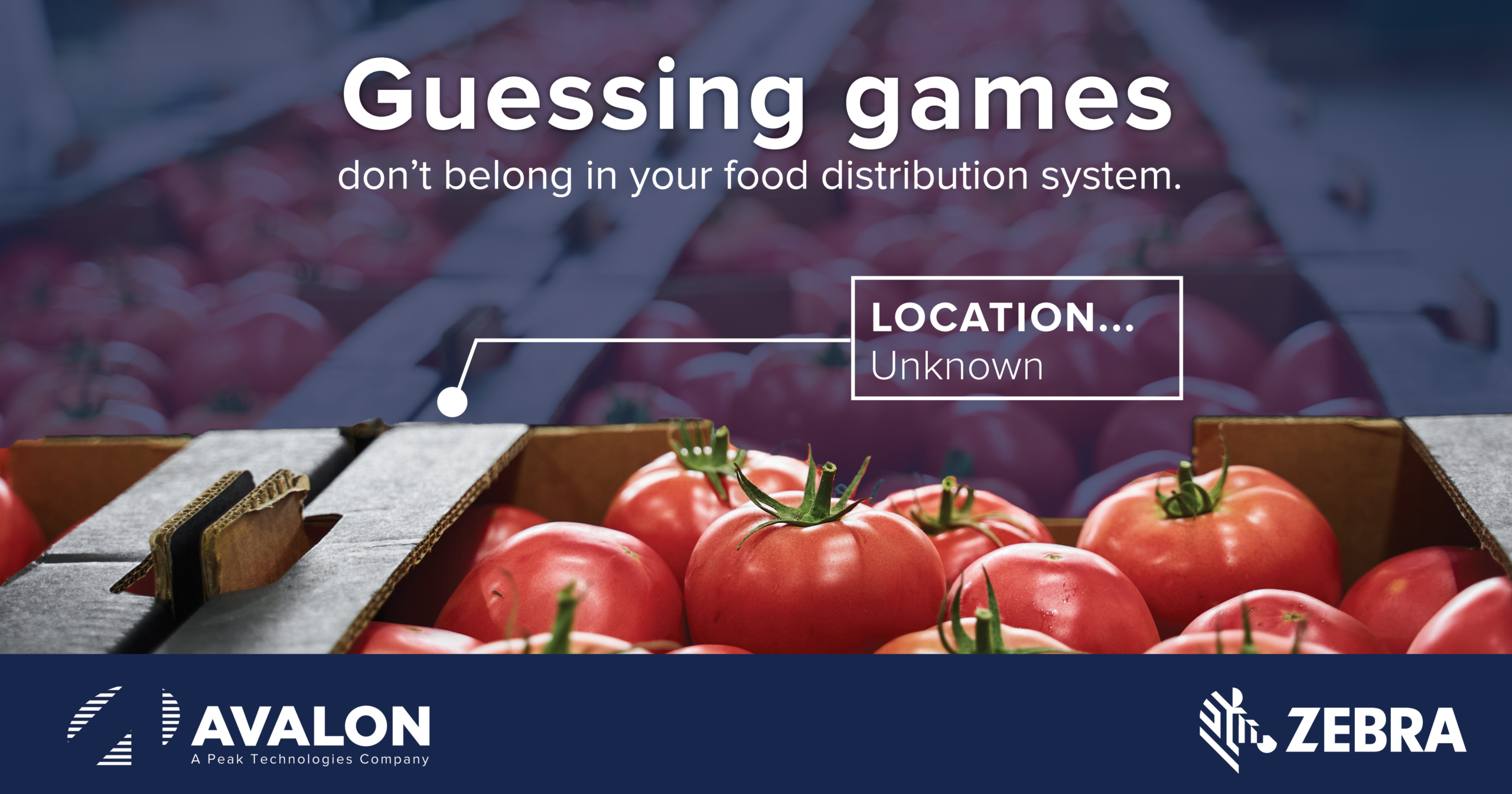It is estimated that 40% of the entire US food supply is wasted every year due to visibility breakdowns in the storage and transportation process. Missed temperature changes, idle wait times, and overlooked expiration dates can all jeopardize product integrity while slipping under the radar, resulting in mass product recalls and contributing to approximately $161 billion lost in food waste annually. Between fluctuating shortages and increasing last-mile costs, distribution centers have no money -or time- to spend on excessive food waste.
That’s where Intelligent Labels Come In
As stated so many times before: Manual data entry leaves room for error. Despite this, many businesses still employ pen-and-paper systems due to its simplicity and low cost. On the other hand, the cost of recurrent recalls and damaged brand identity greatly outweigh the savings. To mitigate errors while lowering costs, intelligent labeling systems employing automated data capture and digitized reporting have been shown to increase accuracy up to 99.99%. At its core, a proper labeling system should include…
- A printer that matches your throughput volume
- A label that matches application and storage requirements
- A scanner capable of reading your barcodes regardless of size and location
Once these factors are in place, companies can start taking a look at different label types to create a tailored solution. Regardless of which labels are selected, your identification system should aim at…
- Reducing errors before items progress through your facility – By tagging inventory straight at the receiving dock with long-lasting labels, you prevent early mis-identification and improper storage. Zebra’s Certified Consumables assist with this by leveraging strong adhesives tailored for the application and storage environment. RFID tags take this a step farther by enabling teams to track multiple identifiers with one tag, providing real-time verification through your mobile device.
- Accelerated identification with less wait time – Needless to say, automatic data capture is much quicker than manual logging; however, intelligent labels like Zebra’s freeze indicator labels provide at-a-glance temperature monitoring. Moreover, pairing intelligent labels with mobility solutions specifically built for cold chain operations like Zebra’s MC9300 help reduce costs and cycle times to increase sales and sustain easier data sharing even within the cold storage environment.
- Simplifies team communication by making track and trace easier – A smoother flow of information and less downtime play a critical role in simplifying track and trace operations. Intelligent labeling solutions streamline track and trace and equip your workers with important data they can use to respond to demands and each other faster. Furthermore, because data is stored digitally, audits become easier to perform, and data can be retrieved from anywhere in the facility between your secured devices.
While intelligent labeling sets a strong foundation for maximized visibility, it is only one part of the equation when it comes to lowering operating costs. Before selecting a label match, experts recommend meeting up with a labeling specialist to evaluate your environments and customize a solution that grows alongside your business. In addition to finding your best match, a proper workflow evaluation can also uncover more optimization areas hiding within your operation, giving you the upper hand to overcome challenges before they affect productivity.




